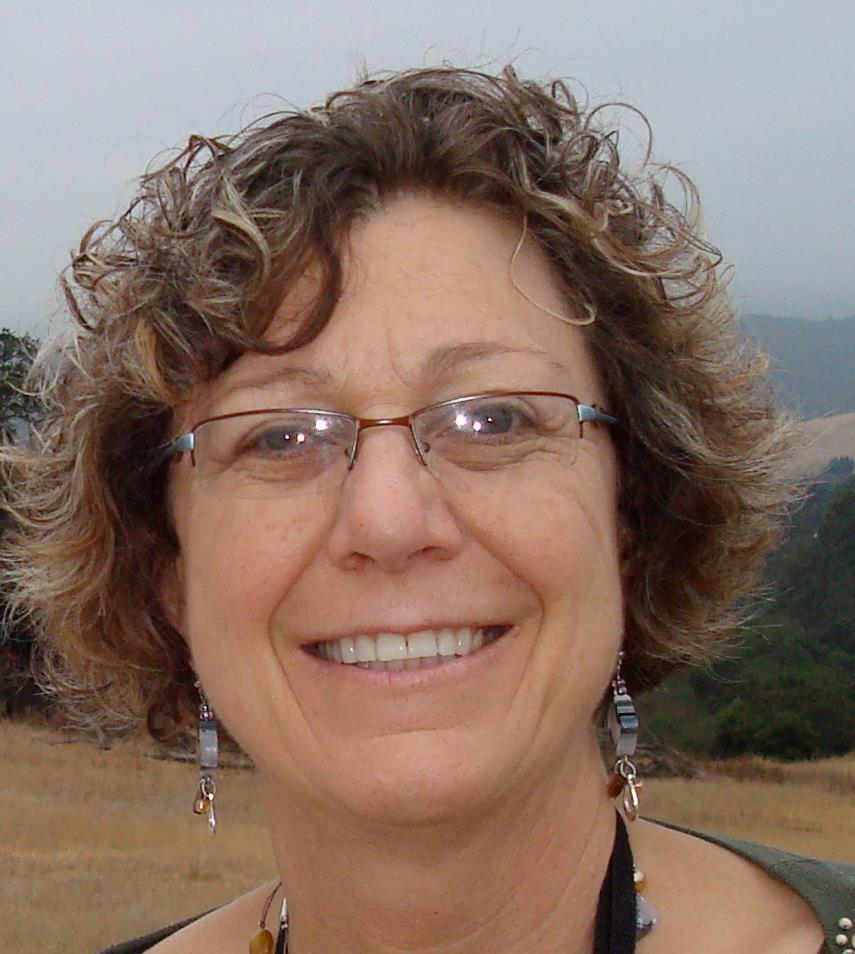Positive behaviors, like negative behaviors, are contagious and can spread through social networks. This is a hopeful sign in the wake of the urgency to address the growing trend of hate and intolerance. If we are going to find sustained solutions to bullying and harassment, students themselves need to be in the driver’s seat.
We need to turn bystanders into upstanders who stand up for themselves and others. Students
can learn to reject acts of cruelty and speak up instead of egging on a fight. They
can learn to refuse to participate in spreading a hurtful video or
text. The
Celebration of Teaching & Learning is an important venue to examine the frightening increase in social cruelty and explore meaningful and effective solutions.
Not In Our School (NIOS) is a growing network of schools mobilizing students to be upstanders and to take action to create a climate that reflects the values of safety, tolerance, and inclusion in these ways:
Identification of problems of intolerance and bullying: We focus on problems that result from students
bullying, harassing, or being exclusionary and hateful. Often students who are perceived to be gay are the target. In other cases, harassment is based on race, religion, and disability. The first step is to start with
dialogue.
Solutions defined by students and peer-to-peer actions: We believe students need to define the problems and identify how to address them. Solutions need to incorporate peer-to-peer actions to make their schools safe and to help bystanders get the courage to become “upstanders.” When they are heard, youth are more likely to feel engaged and take ownership of solutions to resolve problems.
Collective voice: The whole school community needs to come together to say NOT IN OUR SCHOOL. This could take many forms—buttons, banners, slogans, T-shirts, pledges, assemblies, and
schoolwide activities—but it needs to grow out of authentic discussion and efforts to create a safe and
welcoming environment for students of all backgrounds.
Where does the urgency come from? In three horrifying hate crimes, high school students murdered a
transgender Latina youth in Newark, California in 2005, a Latino man in
Patchogue, New York in 2008, and an
African-American man in Mississippi in 2011. Every day, news outlets report cases of the bullied youth who are perceived to be gay. Consequences of this relentless bullying include serious emotional problems, multiple school absences, and suicide.
These incidents have raised national awareness of the need to address unsafe school environments and bullying. New anti-bullying laws in 48 states require schools to take immediate action regarding bullying. While it is significant that society-at-large and school leaders are taking the issue seriously, recent meta-studies have found that many anti-bullying programs are ineffective in alleviating bullying. In many cases, the programs are implemented in one-shot campaigns with a superficial approach that demonizes bullies and oversimplifies the problem.
New research from sociologists
Robert Faris and Diane Felmlee from UC Davis found approaches to bullying and harassment have a better chance of success if bystanders, who make up the vast majority, are the focus of efforts to shift social norms. They found that the most popular and least popular students are not the main bullies. Rather, students seeking to move up the social ladder engage in acts of social cruelty, believing it will increase their status. Researchers also found contrary to what students believe, bullying does not improve popularity.
This new research has important implications on how bullying and intolerance are addressed. Attention needs to be focused on the 85% who stand by, providing effective responses when they see someone bullied or teased. They need to be taught why and how to speak up.
Not In Our School: Models for Change
The Not In Our School website provides interactive tools and films showcasing inspiring examples of students taking the lead in standing up to intolerance. These films are coupled with lesson plans for opening dialogue and taking action. The entire set of NIOS resources is also available in the
Video Action Kit.
In our newest PBS film,
Not In Our Town: Class Actions, a middle school student described what had changed for her after the NIOS anti-bullying initiative in Lancaster, California, “The phrase Not In Our School means a lot more now, sometimes people could be bullying some other people and the people around them will say ‘Not In Our School, Not In Our School.’ And they’ll just be like, ‘What?’ And then they will just stop. The phrase has really helped out a lot.”
In the film Class Actions, Superintendent Regina Rossall of the Westside Union School District, reported that prior to the anti-bullying program, 62% of the students said they felt safe at school. A survey taken subsequently showed 92% of the students felt safe at school.
At our Not In Our Town Session on March 16th at 2:30 p.m., we will be sharing our powerful online resources and you will hear from the filmmaker, educators, and students who were part of Not In Our School campaigns on effective ways to create safe and inclusive schools by addressing bullying and harassment.
On March 17th, we will have a working session helping you design a Not In Our School campaign for your school. To quote researcher Robert Faris, “Not In Our Town documents the good that can happen when people face the problems in their communities. Research has long shown that the more people who witness an incident, the less likely any one of them is to intervene. These stories provide powerful counterexamples to that tendency and demonstrate that these seemingly intractable problems of intolerance and cruelty can be solved when people have the courage to stand up.”
Are you interested in starting a NIOS Campaign at your school? Read Dr. Cohn-Vargas guidelines here.

